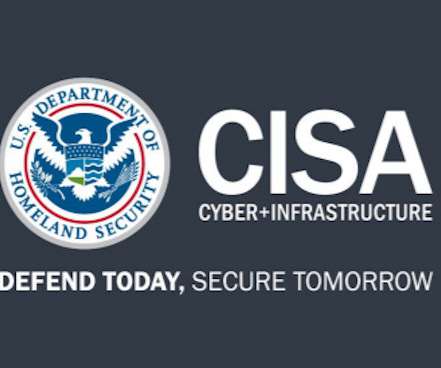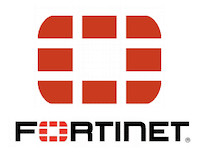US and UK link new Cyclops Blink malware to Russian state hackers?
Security Affairs
FEBRUARY 23, 2022
Sandworm (aka BlackEnergy and TeleBots) has been active since 2000, it operates under the control of Unit 74455 of the Russian GRU’s Main Center for Special Technologies (GTsST). The malware leverages the firmware update process to achieve persistence. ” Cyclops Blink is sophisticated malware with a modular structure.












Let's personalize your content